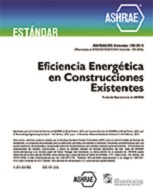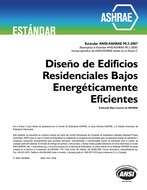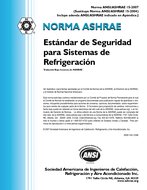Description
Aquifer seasonal thermal energy storage (ASTES) is considered in conjunction with residential-size water-source heat pumps for providing heating. The system investigated consists of a confined aquifer, which has two wells (injection and production) and numerous heat pumps attached by a distribution network. A model of the system was developed, and yearly evaluations were made to determine the influences of several parameters on overall system performance. Two important constraints on the study were that (1) only heating, rather than heating and cooling, was to be provided, and (2) a single pair of wells (a doublet) was to be used rather than a system of multiple production and injection wells. Energy consumed by pumping equipment to inject and withdraw fluid from the aquifer and circulate fluid through a recharge system is included in the overall system performance.
The modeling and evaluation of the system delineated how the energy-efficiency feasibility of such systems is a function of a number of geological, geophysical, engineering, architectural, and climatic variables. The work presented here represents a start to define some bounds of this feasibility, primarily with regard to the engineering design variables. From the outset, the heat pump design, particularly the DTW) was identified as an important factor. The results show that the regions (ranges of geological, geophysical, architectural, and climatic parameters) of energy feasibility are greatly expanded when the heat pump is designed for the optimum (or near optimum) DTW, and when the heat pump performance is improved from the "Off-the-Shelf, Average" performance to that of either the "Projected, Heating Only," or the "Off-The-Shelf, Single-Unit" performance considered here. This expansion with regard to DTW, is the greatest when the aquifer parameters such as permeability, height, recovery factor, and safety factor lie toward the least desirable end of their range. Perhaps as important, the expansion, with regard to DTW, also becomes more significant as the load that is served increases. The results also illustrate that the recharge system, regardless of the source of the thermal energy, can have a significant influence on the energy feasibility of such systems. For some ranges of parameters, these systems, particularly with redesigned heat pumps, show good energy-efficiency feasibility, providing a waste thermal-energy source for use in recharge is available.
Citation: Symposium, ASHRAE Transactions, 1984, vol. 90, pt. 2B, Kansas City, MO
Product Details
- Published:
- 1984
- Number of Pages:
- 18
- File Size:
- 1 file , 1.4 MB
- Product Code(s):
- D-KC-84-03-1




